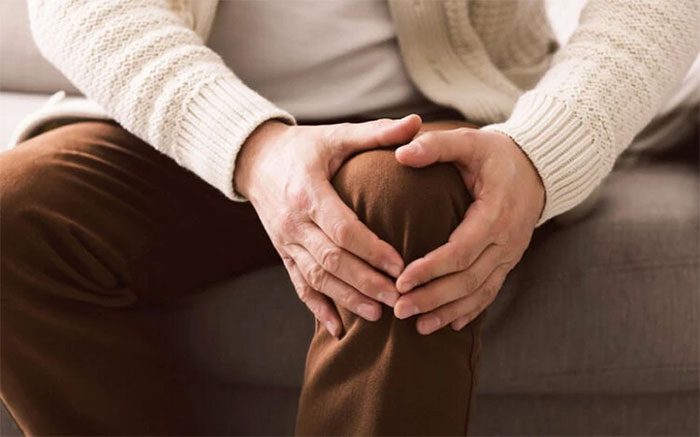A study conducted by a group of Australian scientists has challenged the prevailing notion by indicating that, regardless of whether it is raining or sunny, weather has no direct correlation with most human aches and pains.
The research, led by the University of Sydney and published in the journal Seminars in Arthritis and Rheumatism, recently found no clear relationship between weather conditions and musculoskeletal pain.
Professor Manuela Ferreira from the University of Sydney, the lead author of the study, stated that people often assume that musculoskeletal symptoms such as back pain, hip pain, or arthritis symptoms would increase under certain weather conditions.

Weather has no direct correlation with most human aches and pains. (Source: Getty Images).
However, the research team has challenged this belief by demonstrating that, whether it is raining or sunny, weather does not directly influence most human pain sensations.
In this study, experts compiled data from existing international studies on weather and musculoskeletal pain involving over 15,000 participants to evaluate the relationship between these two phenomena.
Participants recorded 28,000 instances of new pain occurrences or increases in pain levels in those who had previously experienced these conditions. Among these, knee arthritis or hip arthritis was the most commonly reported condition, followed by lower back pain and rheumatoid arthritis (RA).
The team’s assessment results indicated that changes in air temperature, humidity, pressure, and rainfall do not appear to lead to an increased risk of developing knee, hip, or lower back pain, nor are they related to patients seeking medical treatment for arthritis.
Experts affirm that this finding sheds light on a common misconception in medicine and provides an important warning that patients should not let weather conditions influence their treatment choices.
The team noted that the study raised a macro issue, as around 25% of Australia’s population faces chronic musculoskeletal diseases, while misconceptions and limited treatment options still exist. Many patients often have to self-educate about their conditions without proper support.
Professor Ferreira emphasized: “In seeking to prevent and alleviate pain, both patients and clinical doctors should focus on the patient’s condition, including weight management and exercise, rather than allowing weather to affect treatment decisions.”
Additionally, another issue the study uncovered is that high temperatures and low humidity can potentially double the risk of pain occurrences in individuals with gout, as warming weather may lead to dehydration and increased uric acid levels.




















































